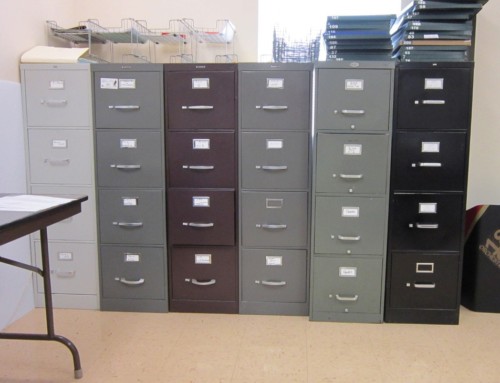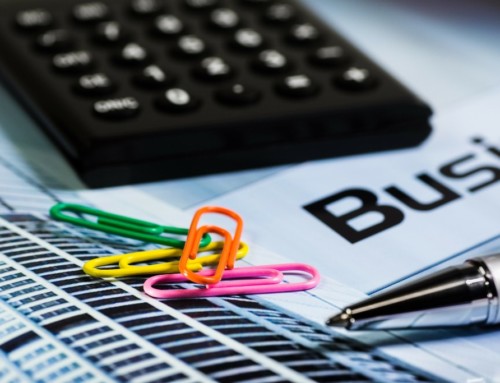
Melting ice. Image credit flemox.com
ZIMSEC O Level Combined Science Notes: Changes in state
When a solid item is heated the forces of attraction between the particles become weaker
as a result the particles move more quickly
- The particles gain more kinetic energy
- the solid item melts
- the particles move from their fixed positions
- as a result the solid changes into a liquid
- this process is known as melting
- if the liquid is heated further the particles move faster and apart from each other
- the liquid turns into a gas
- That is the liquid vapourises
- if heat is removed and the gas is allowed to cool it condenses
- the particles move closer together and move more slowly and thus the gas turns into a liquid
- if the liquid is cooled further it solidifies
- that is it turns into a solid
- the particles in a solid have less kinetic energy
- they thus move less because the forces of attraction between them is stronger
- solidifaction-is when a liquid turns into a solid
- vapourisation-when a liquid turns into a gas
- condensation-is when a gas turns into a liquid
- melting-is when a solid turns into a liquid
sublimation

Dry ice subliming. Image credit MediaWiki
- when some solids are heated they do not melt
- instead they turn into a vapour immediately without turning into liquid first
- for example when gray iodine crystals are heated they turn into a purple vapour
- this is known as sublimation
- sublimation-is when a solid turns directly into a vapour
To access more topics go to the Combined Science Notes page.







